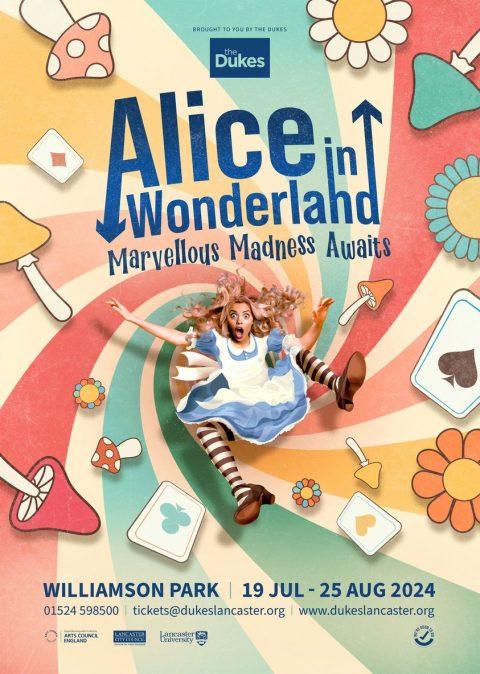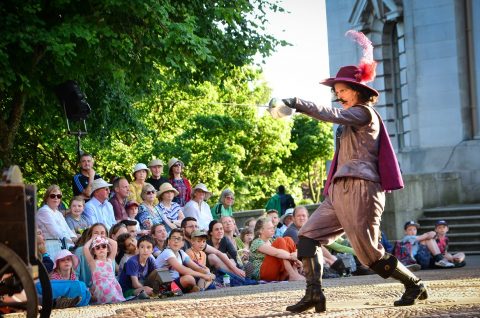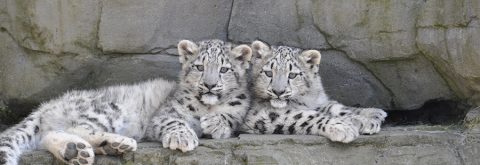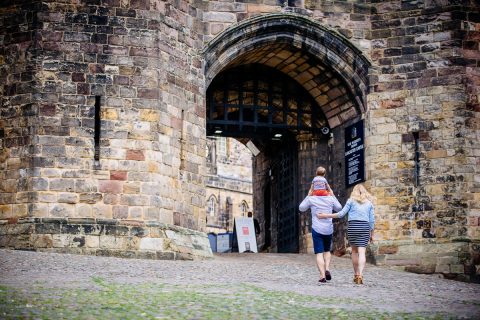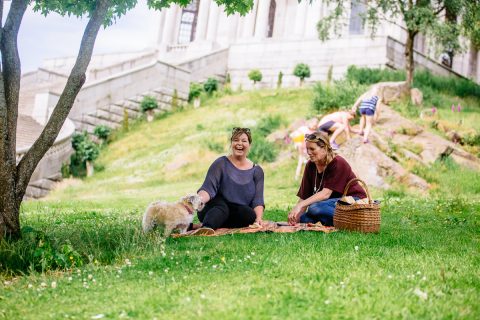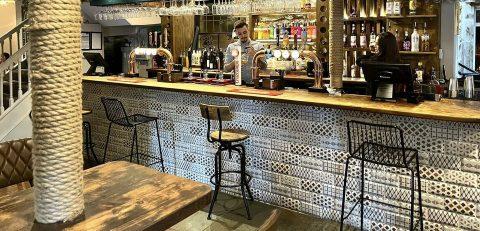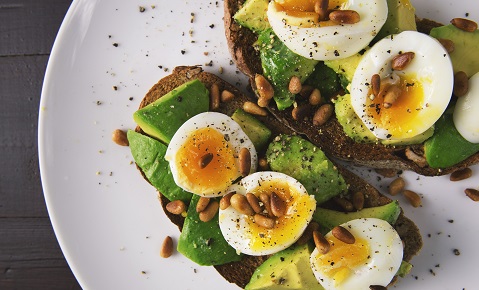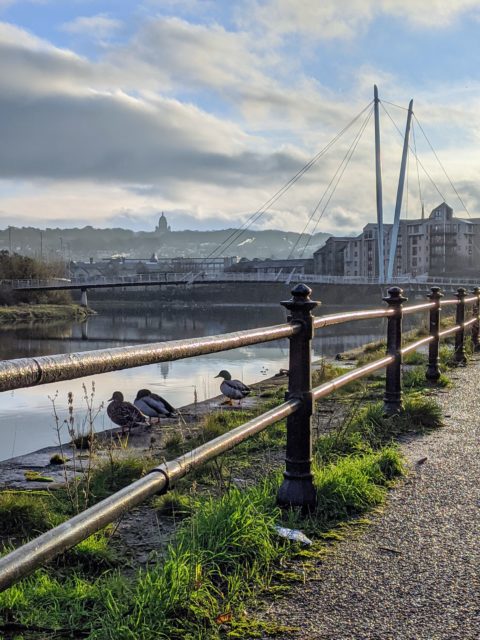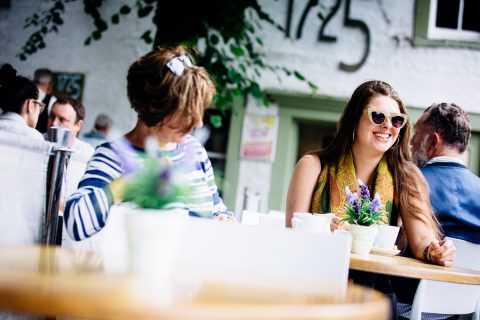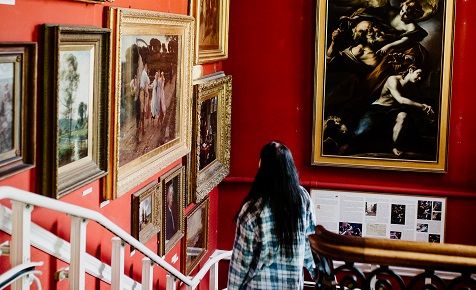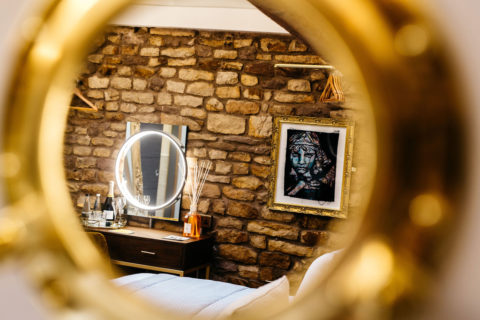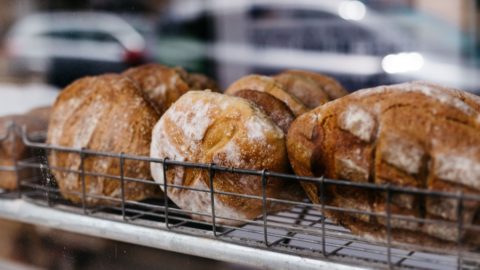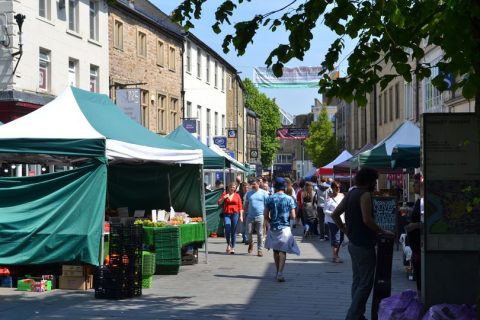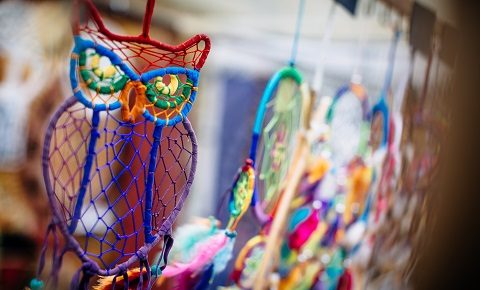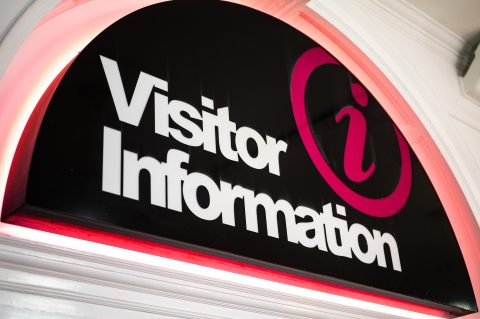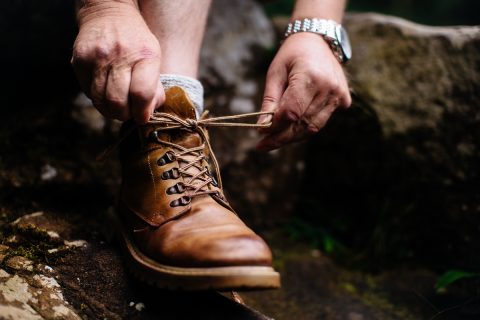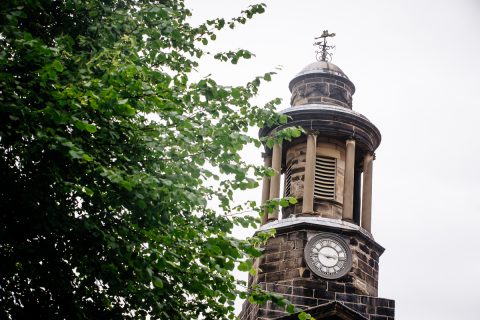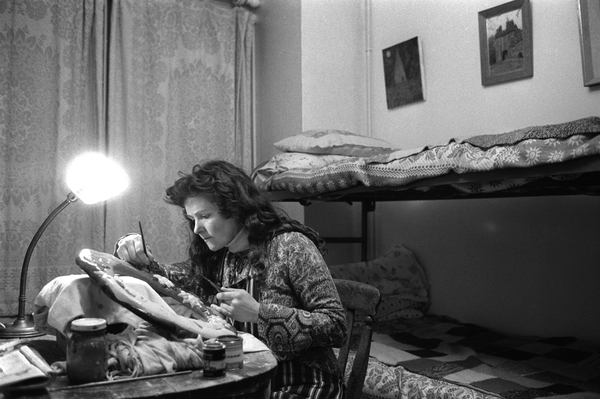Local Women: Re-writing Gender Stereotypes
Over the years there have been many exceptional and heroic women in the Lancaster and Morecambe district who have excelled or led in such diverse areas as acting, flying, nursing, botany, teaching, art, football, gathering mussels and cryptology, as well as running inns, lighthouses, a Friendly Society, and the Post Office.
All this before we even start to talk about the women who have been involved in politics, when it was very much male-orientated, and the Suffragette Movement in establishing the right for women to be able to vote.
Here are the stories of just a few of these women.
Lynne Braithwaite – A Woman who was “Larger than Life”
 | Lynne Braithwaite was born Lawrence Braithwaite in the Lake District in 1934. After serving 40 years in the RAF, she retired as a flight sergeant in 1989 and shortly thereafter transitioned to female. From that point until her death in 2008, Lynne was actively involved in training and awareness-raising about transgender issues within the Lancashire Constabulary and other local services, a process she instigated when she saw there was a vital need for it. “Wherever Lynne went, her training “always went down an absolute storm… She would make them laugh and that’s one of the best things you can do in a training session, especially about an awkward subject for some people.” For more information about Lynne visit – Lynne Braithwaite |
Evaline Hilda Burkitt – The first Suffragette to be forcibly fed
 | Hilda joined the Women’s Social and Political Union (WSPU) in 1907, coordinating the Birmingham group’s publicity and fundraising. She was arrested 4 times in 1909, the last time for throwing a stone at the train carrying Prime Minister Herbert Asquith to a political meeting in Birmingham. In prison, the suffragettes were treated as common rather than political criminals. In protest at this, and to draw further attention to their cause, they went on hunger strike. Fearful that the women might die during their imprisonment, the authorities went to great extremes to force feed them. Hilda Burkitt was the first suffragette to undergo force feeding. For more information about Hilda visit – Evaline Hilda Burkitt |
Sister Aine Cox, MBE – First Matron of St John’s Hospice, Lancaster
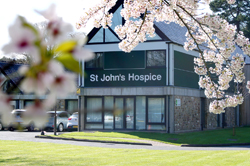 | Sister Aine had the gift of making everyone feel special with a feeling of belonging and peace, whether it was someone in need of care, the homeless or even a stray dog. She was welcoming towards all. In 1987 Sister Aine received the MBE for services to the Hospice movement and in 1989 she received an Honorary Degree LLD from Lancaster University. In 1994 Lancaster City Council awarded her the Honorary Freedom of the City For more about Sister Aine and St John’s Hospice visit – Sister Aine Cox |
Muriel Dowbiggin – Suffragist and peace activist
 | Politician, suffrage campaigner, mayor and peace campaigner. Muriel was a member of the Women’s Liberal Association and the Women Citizens Association. She was an organiser for the League of Nations Union, the international peace organisation formed at the end of WWI. In the 1920s she was elected as a city councillor, becoming Mayor of Lancaster in 1940 (the third woman to hold this position). She was also a Governor for Lancaster Girls’ Grammar School. For more information about Muriel visit – Muriel Dowbiggin |
Selina Martin – Arrested and force fed for throwing an empty ginger beer bottle into an empty car
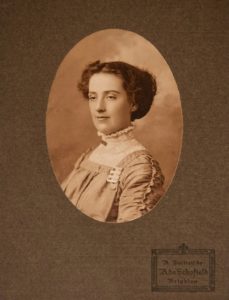 | On 21 December 1909 Selina Martin and Leslie Hall approached the Prime Minister as he was leaving his car, and tackled him on the subject of women’s rights. He didn’t answer them, causing Selina Martin to throw an empty ginger beer bottle into the empty car. She was arrested and imprisoned, being force fed and treated as a criminal even before her trial. For more information about Selina visit: Selina Martin Image courtesy of the People’s History Museum. |
Noreen Murray – Molecular geneticist who helped develop a vaccine against hepatitis B
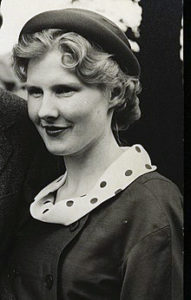 | Noreen Parker moved to Bolton-le-Sands in 1940, aged 5. She attended Lancaster Girls’ Grammar School before studying botany at King’s College London and the University of Birmingham, where she received her PhD. She worked at Standford University, Cambridge and the Medical Research Council before settling at the University of Edinburgh. Working with her biochemist husband, Kenneth Murray, she helped develop a vaccine against Hepatitis B. This was the world’s first genetically engineered vaccine to receive approval for human use, and her work helped pioneer genetic engineering. For more information about Noreen visit – Noreen Murray |
Patricia & Jean Owtram – Two sisters who worked at Bletchley Park to break the Enigma Code
 | Both sisters worked decoding messages during the Second World War. Patricia joined the WRNS at Y stations in Yorkshire and the South coast, listening for enemy messages and translating and decoding them. Jean joined FANY, but worked as a cipher, supporting the Special Operations Executive in Egypt and Italy, decoding messages from spies and informants and sending coded messages. After the war Patricia became a journalist, working for the BBC and Jean was instrumental in setting up Lancaster University.Patricia received the Legion d’honneur in June 2019. You can watch an intimate conversation with her following the ceremony entitled Tea For Two. For more information about Patricia & Jean visit – Owtram Sisters |
Mabel Packenham-Walsh – painter, sculptor and designer, and pioneering female artist in post-war European figurative art
 | She studied at Lancaster and Morecambe College of Arts and Crafts, 1957. Born with congenital hip dysplasia, she suffered lifelong physical disability. Consequently, Pakenham-Walsh campaigned throughout her life for disability rights, especially for children and youths, and for better access to public buildings for people with disabilities. She was employed as a designer at Pinewood Studios, where she created set-pieces for major motion-pictures, including Cleopatra; she also worked as a sculptor at Shepperton Studios. Many of her works were made in a naive style, using found or recycled materials. This was initially a necessity borne out of a lack of financial support for female artists. In the 1970s she moved to Aberystwyth, where she created a series of carvings depicting local legends. For more information about Mabel visit – Mabel Packenham-Walsh |
Mary Agnes Wilkinson BEM – For her bravery and dedication she was awarded the BEM medal
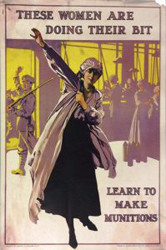 | Mary was a telephonist at the Cable Street exchange. On the night that the White Lund shell filling factory exploded, October 1st and 2nd 1917, Mary was called from her home on the Marsh to come on duty. She cycled through the danger zone with explosions on the opposite side of the river knocking her from her bike twice and made it to the exchange, staying on duty for over 24 hours to make sure messages could get through. For more information about the explosions at White Lund in 1917 visit – Mary Wilkinson |

